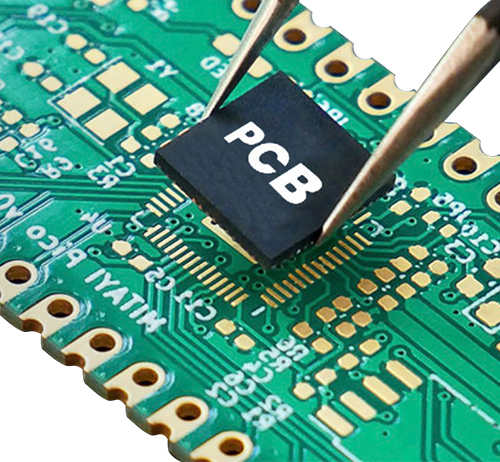Time:2022-08-02 Visit:
1. Flexible aluminum substrate
One of the latest developments in IMS materials is flexible dielectrics. These materials have excellent electrical insulation, flexibility and thermal conductivity. When applied to flexible aluminum, the product can be formed into a variety of shapes and angles, eliminating the need for expensive clamps, cables and connectors.
2. Hybrid aluminum aluminum substrate
The most common are 2- or 4-layer subassemblies made from conventional FR-4, which is bonded to an aluminum substrate with a thermal dielectric to help dissipate heat, increase stiffness and act as a shield.

3. Multilayer aluminum substrate
In the high-performance power supply market, multilayer IMSPCBs are made of multiple layers of thermally conductive dielectrics. These structures have one or more layers of circuitry buried in a dielectric, with blind vias used as thermal vias or signal paths.
4. Through-hole aluminum substrate
In the most complex structures, a single layer of aluminum can form the "core" of a multilayer thermal structure. The aluminum is pre-plated and filled with a dielectric prior to lamination. Thermal materials or subassemblies can be laminated to both sides of the aluminum using thermal bonding materials. After lamination, the finished assembly is drilled similar to a conventional multilayer aluminum substrate. Plated through holes go through gaps in the aluminum to maintain electrical isolation.